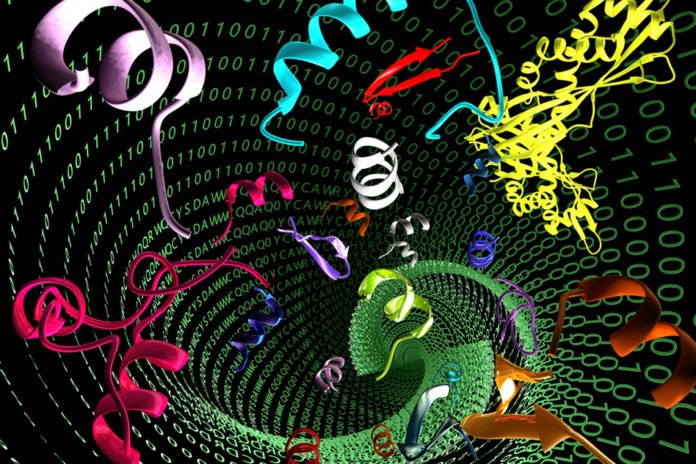Antimicrobial peptides execute organisms in a wide range of ways. They enter microbial cells by harming their films, and once inside, they can upset cell targets, for example, DNA, RNA, and proteins.
Sometimes, the peptides cannot efficiently fight off infections in humans. Thus, scientists are continuously working to explore new, more potent versions.
MIT scientists have developed a new kind of antimicrobial peptide that relies on a computer algorithm. This computational approach is much more cost-effective and much more time-effective.
Scientists wanted to find a way to use computers for design work. They created a computer algorithm that incorporates the same principles as Darwin’s theory of natural selection. The algorithm can start with any peptide sequence, generate thousands of variants, and test them for the desired traits specified by the researchers.
De la Fuente-Nunez of the Catholic University of Brasilia said, “By using this approach, we were able to explore many, many more peptides than if we had done this manually. Then we only had to screen a tiny fraction of the entirety of the sequences that the computer was able to browse through.”
Scientists primarily found an antimicrobial peptide in the guava plant’s seeds. This peptide, known as Pg-AMP1, has only weak antimicrobial activity. Testing with the algorithm, scientists found two features that could penetrate bacterial membranes: a tendency to form alpha helices and a certain level of hydrophobicity.
Scientists later synthesized the peptide sequences into the most promising 100 candidates to test against bacteria grown in lab dishes. They found that Guavanin 2 performed better than the Pg-AMP1 peptide. Guavanin 2 contains 20 amino acids, and it is rich in arginine but has only one glycine molecule.
The researchers tested Guavanin 2 in mice with a skin infection caused by a type of Gram-negative bacteria known as Pseudomonas aeruginosa. They found that it cleared the infections much more effectively than the original Pg-AMP1 peptide.
Mikhail Shapiro, an assistant professor of chemical engineering at Caltech said, “This work is important because new types of antibiotics are needed to overcome the growing problem of antibiotic resistance. The authors take an innovative approach to this problem by computationally designing antimicrobial peptides using an ‘in silico’ evolutionary algorithm, which scores new peptides based on a set of properties known to be correlated with effectiveness. They also include an impressive array of experiments to show that the resulting peptides indeed have the properties needed to serve as antibiotics and that they work in at least one mouse model of infections.”
Scientists are now planning to develop guavanin 2 for potential human use further, and they also plan to use their algorithm to seek other potent antimicrobial peptides.
De la Fuente-Nunez and Octavio Franco of the Catholic University of Brasilia and the Dom Bosco Catholic University are the paper’s corresponding authors, which appears in the April 16 issue of Nature Communications. Timothy Lu, an MIT associate professor of electrical engineering, computer science, and biological engineering, is also an author.
Journal Reference
- Porto, W. F., Irazazabal, L., Alves, E. S., Ribeiro, S. M., Matos, C. O., Pires, Á. S., Fensterseifer, I. C., Miranda, V. J., Haney, E. F., Humblot, V., Torres, M. D., Hancock, R. E., Liao, L. M., Ladram, A., Lu, T. K., & Franco, O. L. (2018). In silico optimization of a guava antimicrobial peptide enables combinatorial exploration for peptide design. Nature Communications, 9(1), 1-12. DOI: 10.1038/s41467-018-03746-3
